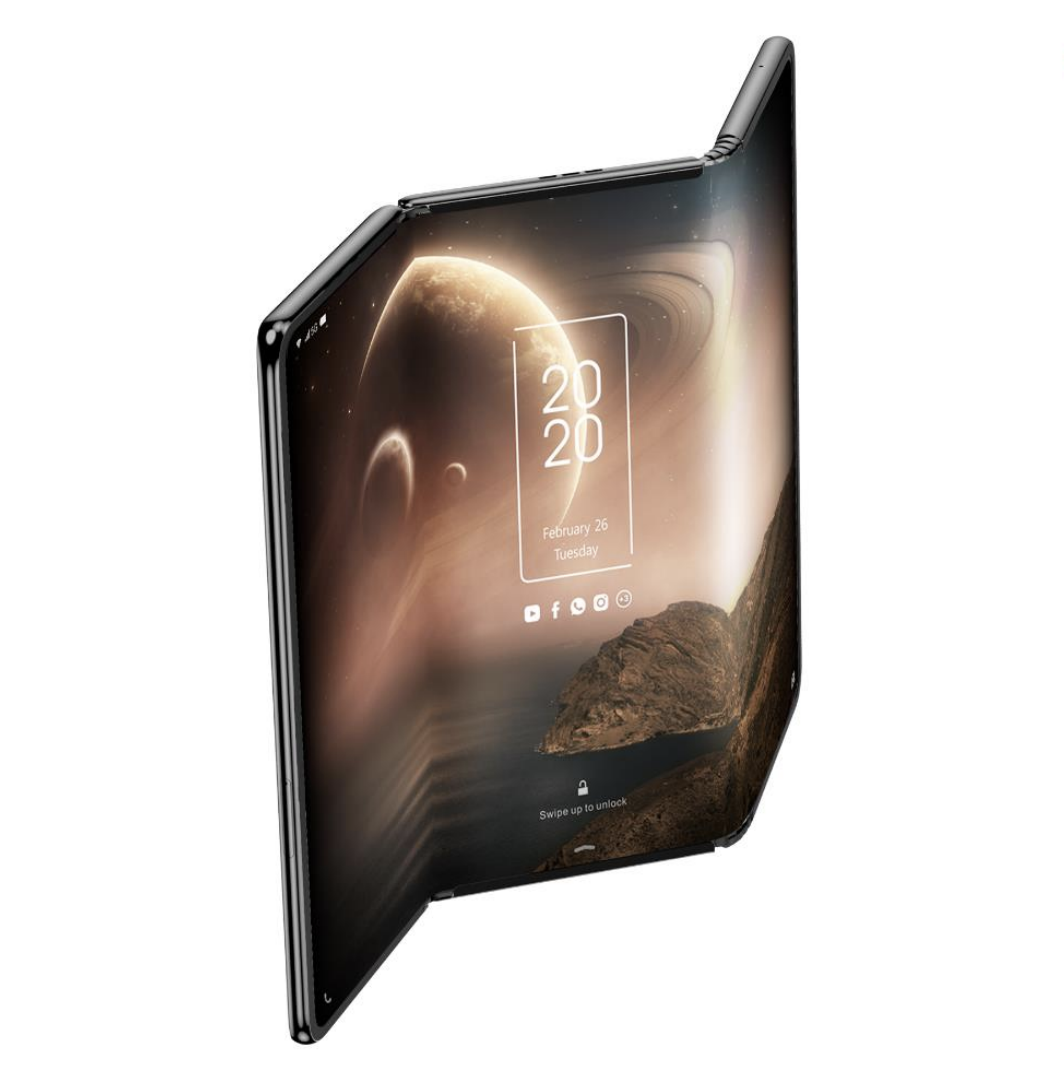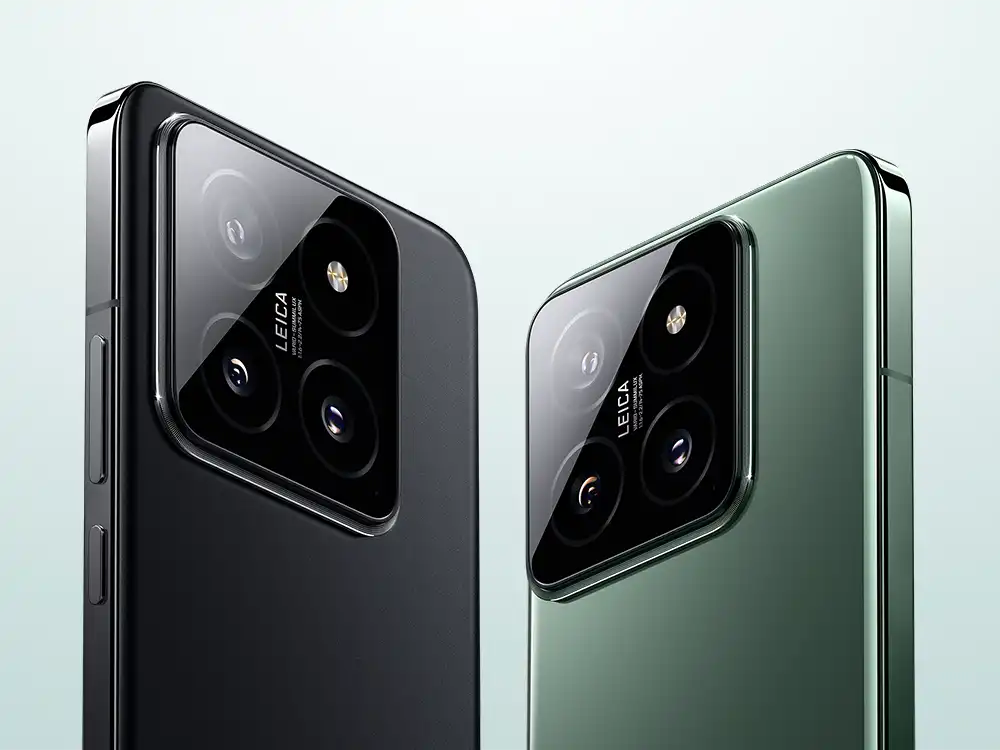
Last year was an evolutionary one for mobile phones, as the biggest device makers focused on product refinement rather than big changes.
Apple did away with the Lightning port on the iPhone 15 series and introduced periscope zoom on the Pro Max. The Samsung Galaxy S23 Ultra, meanwhile, came with a 200-megapixel main camera and meaningfully better battery life.
Beyond that, the designs of the devices remained constant, even if they were refreshed. Even the Samsung Galaxy Z Fold 5 retained its screen crease.
On the back of a pretty ho-hum year, why not engage in the fine tradition of crystal ball gazing, as we predict some exciting developments to expect in the mobile scene in 2024 and beyond?
Make that a new year resolution for the device makers, if you will.
Artificial intelligence (AI) smarts

AI has been the biggest topic of 2023, as the popularity of ChatGPT brought large language models and predictive AI into mainstream lexicon. This looks set to percolate to mobile phones.
Qualcomm and MediaTek, the biggest suppliers of Android smartphone silicon, have indicated their flagship offerings in the Snapdragon 8 Gen 3 and Dimensity 9300 respectively will headline optimisations for large language models.
Counterpoint Research expects over a billion generative AI smartphones to be shipped between 2024 and 2027, with Samsung capturing half the market in the first two years. Chinese phone makers will make up the rest, and players such as Oppo and Xiaomi are doubling down on their AI efforts to compete in earnest.
Google has been the standard bearer in smartphone AI for the longest while with its Pixel devices. In 2023, its standout feature was Best Take.
It can mix and match facial expressions from different pictures taken in quick succession. The end result is a group shot everyone is happy to share on their Instagram Stories. Will there be greater smarts in 2024?
Already, Samsung looks to hit 2024 guns-blazing with Gauss, an AI model it developed in-house. Two models are interesting. Samsung Gauss Language facilitates textual tasks like writing e-mails, summarising documents, and translating content.
Samsung Gauss Image is also expected to enhance lower-resolution images into higher resolution, and make creative style changes.
The AI effort from the Korean electronics giant is rumoured to be the standout feature of the Galaxy S24 series that looks set to launch on January 18, so we do not have to wait long to see what happens.
More folding screen form factors, price points

Phones with foldable screens have become mainstream, and 2024 could usher in more options beyond the established tablet and clamshell form factors.
Huawei is rumoured to be readying a “tri-fold” smartphone for the first half of 2024. This comes ahead of Samsung, which had prototypes on demo during its event at Mobile World Congress 2023.
The same Samsung event also showcased a “sliding” display with bezels that can expand and contract partially to enable different display sizes on one screen, though there is no known product linked to the display type as yet.
Said display format is not science fiction, though. Vivo and Transsion (known globally as Tecno Mobile), too, look to be in on the same screen format, with a market-ready device expected end-2024.
The competition is not just on technology. Folding screen devices have decreased in price as options increased and more value-oriented display types (notably the clamshell mode) became common.
Samsung is widely expected to launch a Fan Edition (FE) of its Galaxy Z foldable series later this year, after the launch of its upcoming Galaxy Z Fold 6 and Galaxy Z Flip 6 flagships.
The FE devices are typically popular, packing flagship-grade performance and build at a more accessible price by cutting out only the most premium features. They could be the ticket to a foldable phone for more price-conscious buyers.
Camera innovations

Amid tough competition in design and software interface, camera setups remain one of the few ways for smart devices to differentiate themselves.
A 1-inch image sensor like the Sony IMX989 featured prominently on photography-focused 2023 smartphones like the Xiaomi 13 Pro and Vivo X90 Pro. Measuring closer to 16mm in reality, it is, in layman terms, a form factor made popular by compact cameras that can pull off DSLR-level image quality.
Such 1-inch sensors should hopefully become more common in flagships over 2024. In fact, Samsung is working on a 1-inch sensor of its own, though mass production is expected to happen only from mid-2024.
While sensor size is but one measure of quality, a larger sensor means a larger surface area for light capture and processing. In other words, simple physics that would improve image quality.

Beyond 1-inch sensors, variable zoom is a trend worth catching on, but not happening fast enough. Sony Xperia 1 IV and Xperia 1 V already feature 3.5x to 5.2x variable optical zoom.
The Apple iPhone 15 Pro Max was expected to feature one, but that did not happen. Though rumoured at one point, neither will the Samsung Galaxy S24 Ultra.
There is scope for manufacturers to build on variable zoom, instead of cracking their brains picking two out of three discrete telephoto lenses at 3x, 5x, and 10x zoom equivalents.
There are more exciting innovations in the space. See the Xiaomi Mi 14, which debuted late last year with a Light Hunter 900 sensor. It’s among a select few smartphone imaging sensors that allow for aperture adjustment, specifically between f1.42 to f4 for optics-driven bokeh.
Battery innovations for better runtimes
Oh, battery life, the unsung hero of every smart device. What good is a premium, wonderful, pocketable piece of technology if it does not stay on for long enough for one to use it before needing a pitstop at the mains?
The Apple iPhone 15 series has moved towards stacked battery technology. Much like a multi-storey carpark in Singapore, it makes better use of every last millimetre of ever-shrinking device real estate for a boost in battery longevity.
Samsung, too, looks ready to deploy the tech in the near future.
Physical stacking is not the end-all. Apple is also rumoured to be exploring the use of different conductive materials and additives to extract greater productivity out of lithium-ion cells. A commercial product with the technology may be ready in 2025.
UPDATE at January 3, 2024, 7:06pm: Story has been updated to add information on Samsung’s Galaxy launch.






